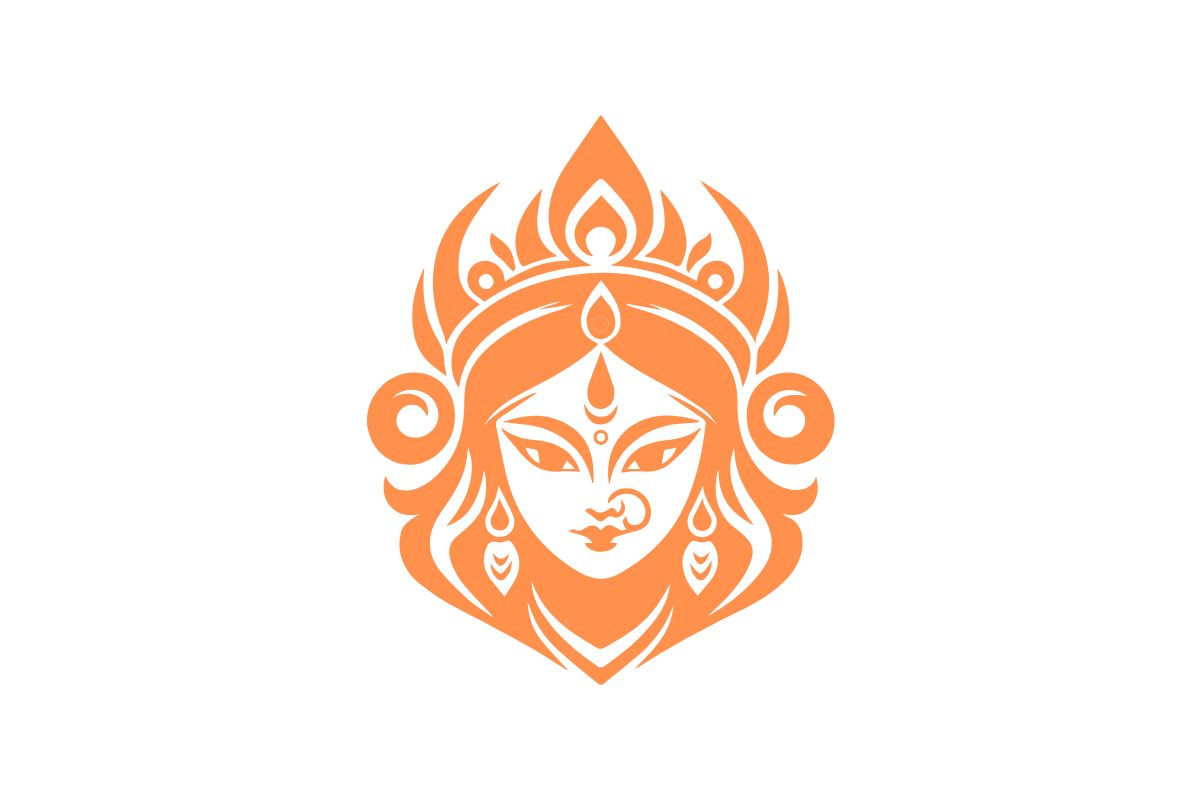Durga Path Anusthan is a significant spiritual ritual dedicated to Goddess Durga, the powerful deity symbolizing strength, protection, and victory over evil forces. It is performed by devotees seeking blessings for health, wealth, prosperity, and the removal of obstacles in life. Rooted in ancient Hindu traditions, this sacred ceremony involves the chanting of specific mantras, prayers, and hymns to invoke the divine presence of Goddess Durga and seek her divine protection.
The Importance of Goddess Durga
Goddess Durga holds a revered place in Hinduism as the embodiment of feminine power and divine grace. She is often depicted as a warrior goddess riding a lion, armed with various weapons, each symbolizing her power to combat different negative forces. Durga is the manifestation of Shakti (divine feminine energy) and is considered the protector of the righteous, helping her devotees overcome adversity and challenges.
Durga is worshipped primarily during the festival of Navratri, a nine-night celebration dedicated to her. However, Durga Path Anusthan can be performed at any time of the year, depending on the devotee’s needs and circumstances.
What is Durga Path Anusthan?
Durga Path Anusthan is a detailed and elaborate ritual involving the recitation of the Durga Saptashati (a sacred text), mantras, and hymns in honor of Goddess Durga. The ceremony is performed with full devotion and dedication, typically over a period of several days, to invoke the goddess’s blessings.
The central component of the Anusthan is the Durga Saptashati, also known as Chandi Path, a compilation of 700 verses spread over 13 chapters, describing the divine exploits and victories of Goddess Durga over the demon Mahishasura and other evil forces. The recitation of these verses is believed to bring spiritual transformation and remove obstacles from one’s life.
Steps Involved in Durga Path Anusthan
The Durga Path Anusthan involves various rituals and steps that must be followed with strict discipline and sincerity. Below is a brief overview of the process:
1. Preparation and Purification: Before beginning the ritual, the area where the Anusthan will take place is purified. Devotees clean the space, and sanctified offerings are prepared, such as fruits, flowers, incense, and sacred items like an idol or image of Goddess Durga.
2. Invocation and Prayers: The ritual begins with the invocation of Lord Ganesha to remove any obstacles. This is followed by prayers to Goddess Durga, invoking her divine presence. Devotees chant mantras and offer prayers with utmost devotion.
3. Recitation of Durga Saptashati: The main part of the Anusthan involves the recitation of the Durga Saptashati. This sacred scripture consists of seven hundred verses that narrate the power and victories of Goddess Durga. Each verse is chanted with great devotion and focus. The recitation can be done by a priest or by the devotee themselves, depending on their personal belief and tradition.
4. Offerings to Goddess Durga: Devotees offer various items such as flowers, fruits, sweets, and incense as a token of their reverence. These offerings are placed before the goddess’s idol or image and are considered an essential part of the worship.
5. Aarti and Closing Prayers: At the conclusion of the recitation, an Aarti (a devotional song or prayer) is sung in praise of Goddess Durga. The Aarti is usually followed by closing prayers, seeking the goddess’s blessings for the devotees’ well-being, prosperity, and spiritual progress.
Duration of Durga Path Anusthan
Durga Path Anusthan is typically performed over a span of three, five, or nine days, with the rituals being conducted at a specific time each day. The duration depends on the devotee’s wishes or the severity of the problem they seek to address. For example, the more extensive the ceremony, the greater the depth of the blessings and the more profound the spiritual transformation.
Benefits of Durga Path Anusthan
Performing Durga Path Anusthan is believed to have numerous spiritual, emotional, and material benefits. Here are some of the key advantages:
1. Removal of Obstacles: The chanting of the Durga Saptashati is believed to remove physical, mental, and emotional obstacles. It helps in overcoming challenges in personal, professional, and spiritual life.
2. Protection from Negative Forces: Goddess Durga is known for her ability to shield her devotees from negative energies, black magic, and evil influences. By performing the Durga Path Anusthan, devotees seek her divine protection and strength.
3. Spiritual Growth: The ritual enhances spiritual awareness, deepens devotion, and fosters a sense of inner peace. The recitation of sacred mantras and hymns connects the devotee to the divine and helps in achieving a higher state of consciousness.
4. Prosperity and Success: Devotees believe that Goddess Durga blesses them with prosperity, success in endeavors, and good health. The Anusthan is often performed to seek her favor in business, education, career, and personal growth.
5. Healing and Well-being: Durga Path Anusthan is also considered a form of spiritual healing. It is believed to help in the restoration of physical health, alleviate ailments, and promote emotional and mental well-being.
Read more: Book Pandit for Puja in Sawai Madhopur
Conclusion
Durga Path Anusthan is a powerful and spiritually enriching practice for anyone seeking to enhance their life through divine blessings. By performing this sacred ritual, devotees invoke the mighty power of Goddess Durga to dispel negativity, overcome hardships, and manifest prosperity and well-being in their lives. With the recitation of the Durga Saptashati and sincere devotion, this Anusthan serves as a gateway to spiritual transformation and divine grace. Whether seeking protection, success, or healing, the Durga Path Anusthan holds the promise of divine intervention, peace, and lasting blessings.





